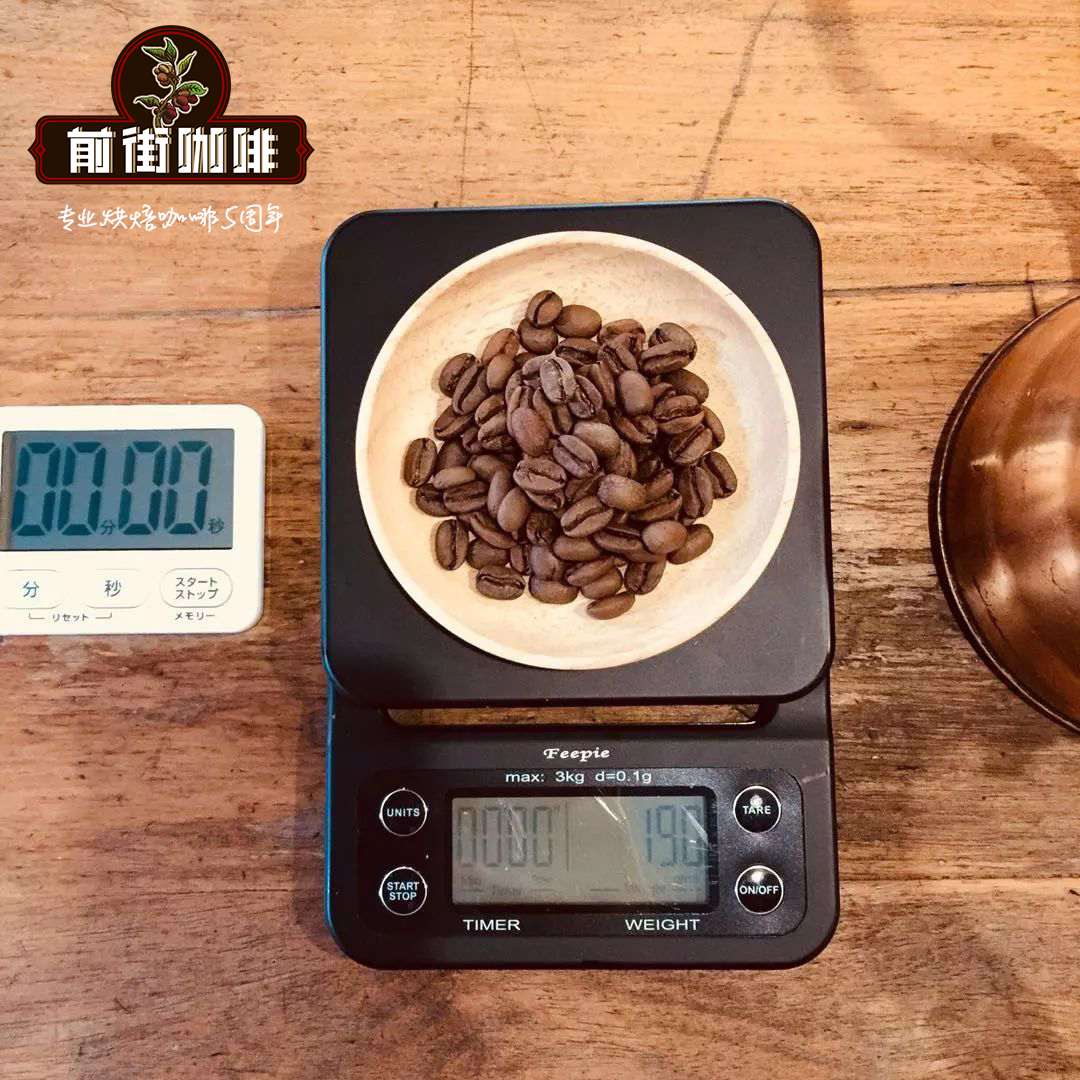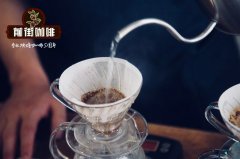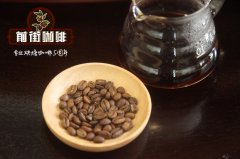Mexican Coffee Historical cultivation Development Mexican Coffee Organic Coffee Grade Brand Certification

Professional coffee knowledge exchange More coffee bean information Please pay attention to coffee workshop (Weixin Official Accounts cafe_style)
Mexican coffee
A special coffee producing place, Mexican coffee beans are also rare in the market. The classification of coffee beans is similar to that of Nicaragua by height. However, this coffee bean produced in Chiapas, a border area adjacent to Mexico and Guatemala, has a nutty and stone fruit-like sweetness. The sweetness is a bit like black tea, with a hint of almond aroma. Overall, it tastes comfortable, mellow and Moderate acidity with a hint of bitterness.
Also worth mentioning is that Chiapas is the 2004 SCAA American Coffee Society rated the first coffee beans.
Mexican coffee is said to have been transplanted to Mexico by a Spaniard from the West Indies in the late eighteenth century. Mexican coffee is classified as "essence washed" coffee beans, grown in moist
Jungle mountains. And these coffee plantations are located at low elevations in humid mountains.
Many Mexican organic coffee beans are missing something, but the aroma of Mexican coffee beans definitely makes you feel different and memorable.
Breed: Arabica
Best baking: medium
Features: Mild acidity, fresh aroma
Fair Trade Certification
For millions of farmers around the world, fair trade means thriving communities, children in schools and healthy environments. For consumers, this represents good taste and responsible buying.
Rainforest Alliance Certified
The Rainforest Alliance assesses specific coffee plantations for ecosystem protection, pesticide use restrictions, waste management benchmarks and forest, river, soil and wildlife protection, respect for workers, reasonable wages, appropriate equipment, education and health systems. This certification can support the sustainability of coffee plantations or producing areas. Only coffee that passes this benchmark and is certified can be called "Rainforest Alliance Certified Coffee." In addition, part of the proceeds are also used for wildlife protection in tropical rainforest animal reserves. In terms of labor welfare, certified coffee not only ensures hygiene and safety, but also has positive significance for the surrounding environment and ecological conservation.
Swiss washing
It is often thought that Swiss washing is a general term for all washing methods, but this is not the case. "TM" indicates that Swiss Water is a registered trademark related to coffee removal through a special and patented flavor retention process. In the process, the high-quality coffee beans that are rejected at the end are soaked in water in order to allow the water to penetrate the flavor of the coffee ingredients. Caffeine is absorbed from these waters by special charcoal, and these small amounts of flavored water are used to remove later coffee, and then caffeine is extracted through the chemical action of taste. Each raw bean represents a different decaffeination factor, which needs to be further adjusted to suit a particular coffee. It is similar to special roasting habits. To roast a batch of coffee, Swiss water is a good certification process, and the hard work of decaffeination is needed and accepted.
Friendly Bird Certification
Friendly Bird Coffee originated from a farm in Latin America that provided good forest-like bird habitat. Unlike other plants that grow mostly on the ground, bird-friendly coffee is grown in shady areas with tree sheds, which produce coffee called shade coffee because of the shade and forest-like environment. Bird friendly coffee isn't just shade, it's organic, meaning it's grown free of chemicals that can poison the environment.
Friendly Bird Coffee Market is the only coffee with shade and excellent certification, which is established by independent third party observers with the Smithosonian Migratory Bird Center of the National Zoo. This standard is based on years of scientific research, with companies selling bird-friendly coffee donating 25 cents per pound to support Smithosonian Migratory Bird Center research and talks programs.
shade certification
Coffee farmers cut down trees in their coffee plantations in order to produce coffee beans more quickly and at the same time earn the added value of wood fuel. Coffee trees exposed to sunlight are more susceptible to pests and diseases, requiring high levels of pesticide application. Shady certified coffee beans are grown in natural tree sheds that protect the soil from rain erosion, which can cause nutrient and soil loss. At the same time, it provides the natural ecological balance of coffee trees, which can reduce the use of chemical fertilizers and guarantee the growth and natural ecology of coffee beans.
Important Notice :
前街咖啡 FrontStreet Coffee has moved to new addredd:
FrontStreet Coffee Address: 315,Donghua East Road,GuangZhou
Tel:020 38364473
- Prev

Philharmonic pressure-an easy-to-use but somewhat "dangerous" coffee artifact
Professional coffee knowledge exchange more coffee bean information please follow the coffee workshop (Wechat official account cafe_style) Philharmonic pressure super-useful but somewhat dangerous coffee artifact for those who clamor to see the Philharmonic pressure! Come on out! (here should check the teacher's dynamic meme) the first question: who invented the Philharmonic pressure? Learn about the past of the inventor in order to
- Next

What materials should be prepared for the Philharmonic to successfully make a big hole avoided by the Philharmonic?
Professional coffee knowledge exchange more coffee bean information please follow the coffee workshop (Wechat official account cafe_style) Philharmonic pressure required materials: Philharmonic pressure coffee bean grinder hot water bottle timer wooden mixing spoon brewing time: 23 minutes Philharmonic pressure (Aeropress) invented by Aerobie in 2005, is a similar syringe
Related
- Beginners will see the "Coffee pull flower" guide!
- What is the difference between ice blog purified milk and ordinary milk coffee?
- Why is the Philippines the largest producer of crops in Liberia?
- For coffee extraction, should the fine powder be retained?
- How does extracted espresso fill pressed powder? How much strength does it take to press the powder?
- How to make jasmine cold extract coffee? Is the jasmine + latte good?
- Will this little toy really make the coffee taste better? How does Lily Drip affect coffee extraction?
- Will the action of slapping the filter cup also affect coffee extraction?
- What's the difference between powder-to-water ratio and powder-to-liquid ratio?
- What is the Ethiopian local species? What does it have to do with Heirloom native species?

